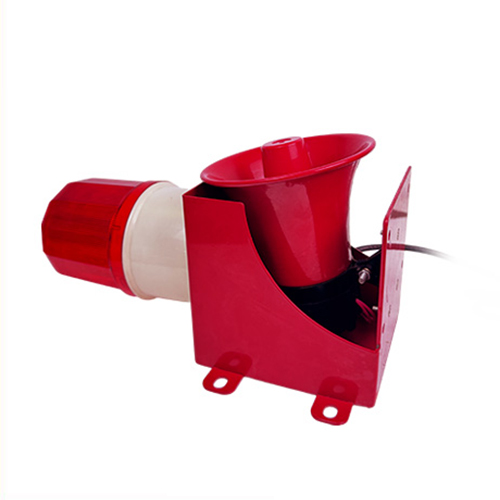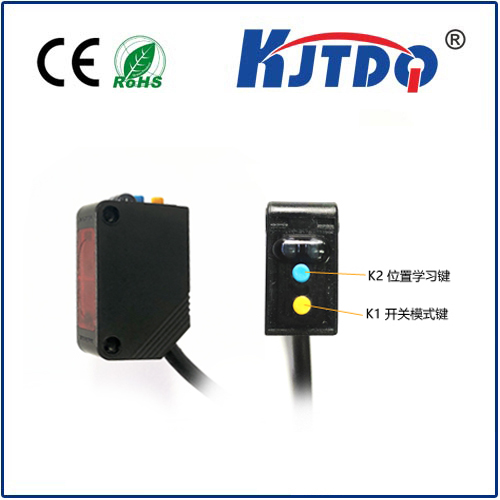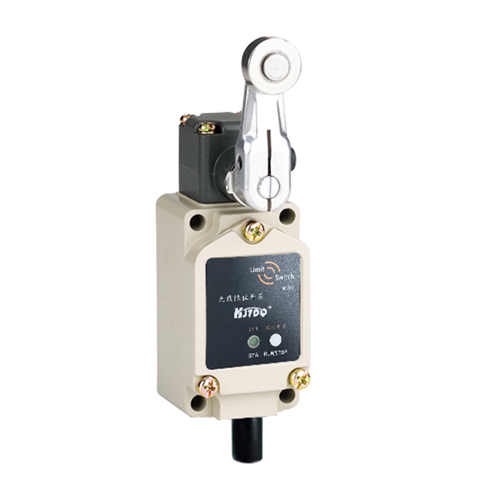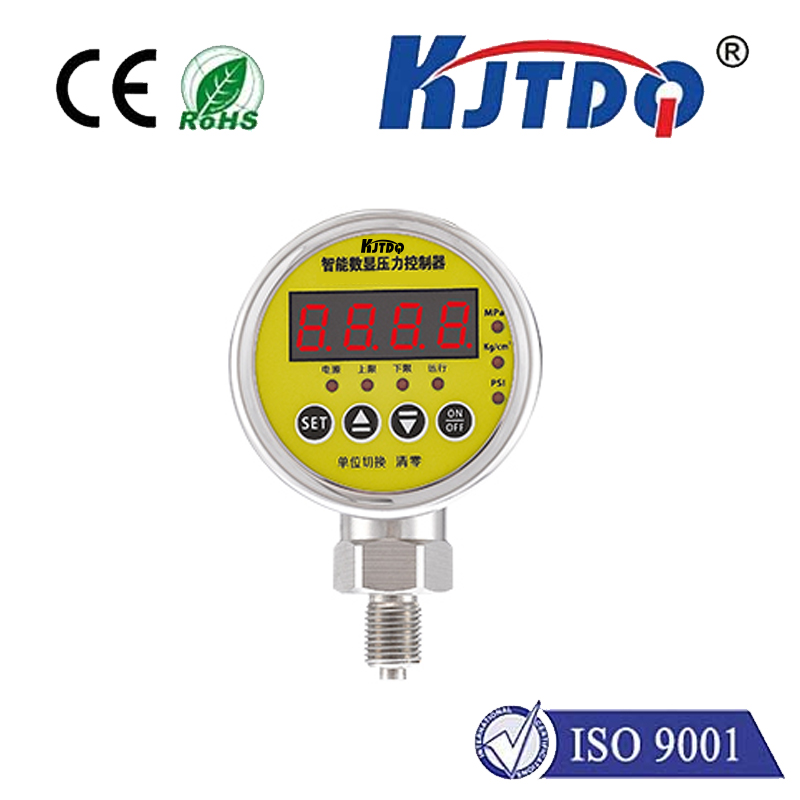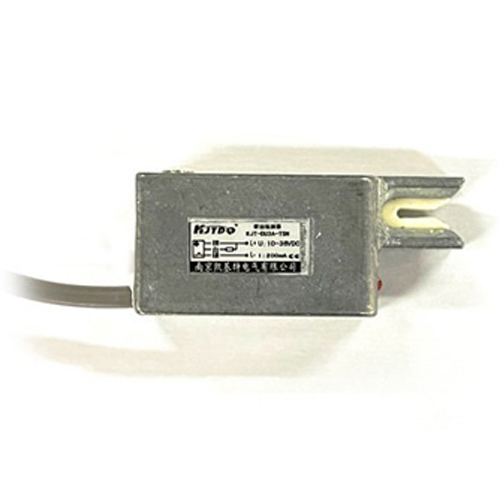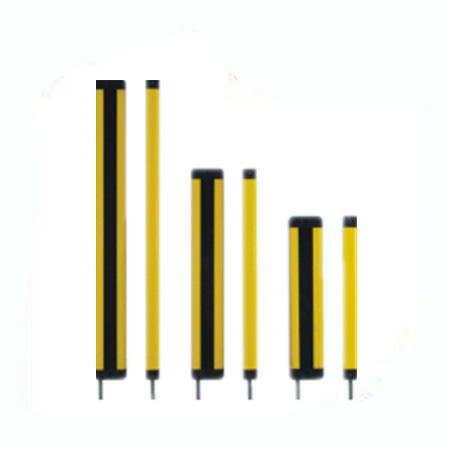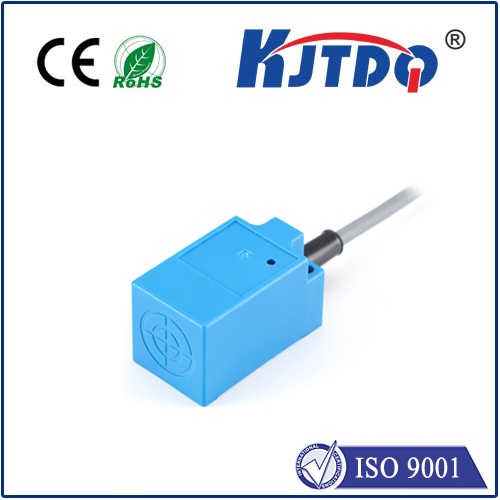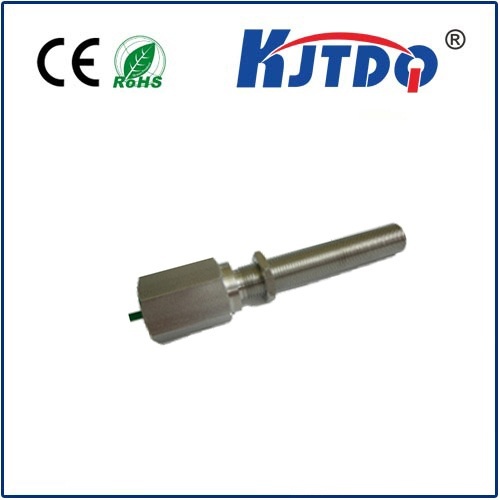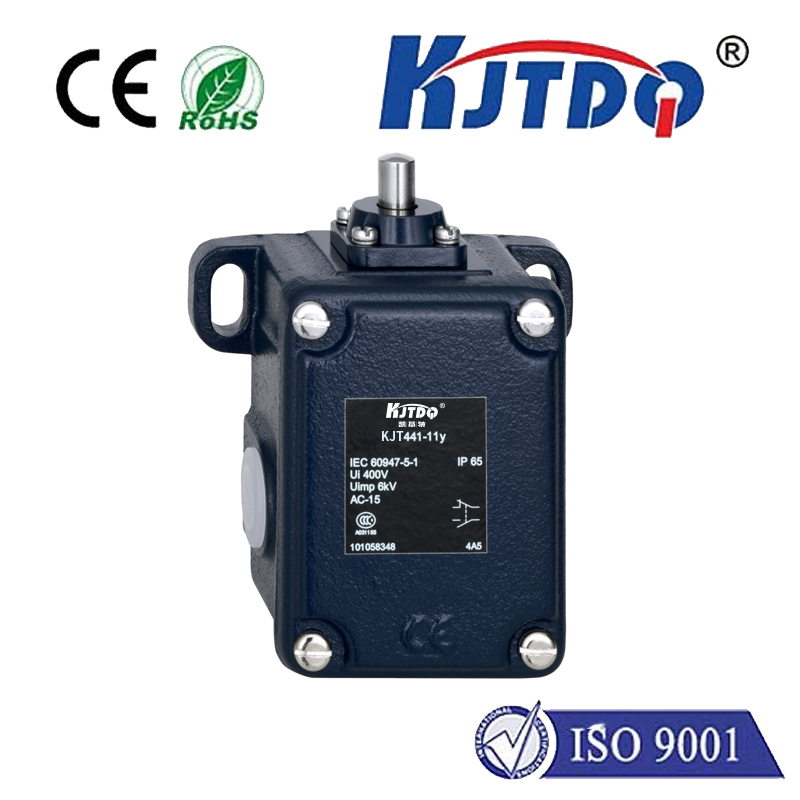diffuse photo eye
- time:2025-07-25 00:20:26
- Нажмите:0
How Diffuse Photoelectric Sensors Revolutionize Industrial Automation
Have you ever walked through an automatic supermarket door? Or watched a factory robot precisely pick components off a moving conveyor belt? Chances are, a small, unassuming device was silently enabling those actions – the диффузионный фотодатчик, often simply called a diffuse photo eye. These workhorses of industrial sensing provide reliable, non-contact object detection, forming the backbone of countless automated processes worldwide. But how exactly do they work, and why are they so indispensable? Let’s illuminate the world of diffuse photoelectric sensors.
The Operating Principle: Seeing Without Touching
Unlike their retro-reflective counterparts requiring a separate reflector opposite the sensor, diffuse photo eyes are self-contained units. They operate on a brilliantly simple principle: the sensor houses both a light emitter (usually an LED) and a light receiver (a phototransistor or photodiode) within a single housing. The emitter sends out a beam of light – typically visible red, infrared, or sometimes laser light for precision applications. When this emitted light strikes an object within its detection range, the object’s surface causes diffuse reflection. Essentially, the light scatters in many directions. A portion of this diffusely reflected light travels back towards the sensor’s receiver.
The receiver detects this returning light energy. The sensor’s internal circuitry is calibrated to trigger an output signal (e.g., switching on or off) when the intensity of the received light crosses a specific threshold. This threshold is set during installation to distinguish between the “absence” state (no object, minimal reflected light) and the “presence” state (object detected, sufficient reflected light returning).
Key Advantages Driving Adoption

The диффузионный фотодатчик offers compelling benefits that explain its ubiquity:
- Simplified Installation: Eliminating the need for a separate reflector unit drastically simplifies mounting, wiring, and alignment. They are ideal for one-sided mounting where space constraints or access limitations make fitting a reflector difficult or impossible.
- Cost-Effectiveness: With fewer components required per sensing point, the overall system cost is often lower.
- Versatility in Object Detection: They reliably detect a wide range of objects – boxes, bottles, products, pallets, machinery parts, and even people. Their effectiveness extends to various surface textures and colors, though highly reflective or very dark surfaces can sometimes pose challenges (mitigated by modern features like background suppression).
- Non-Contact Sensing: Detection occurs without physical touch, preventing product damage, wear on the sensor, or interference with the process flow.
- Robustness: Modern diffuse sensors are built to withstand harsh industrial environments, offering resistance to dust, humidity, vibration, and even washdown conditions in food & beverage or pharmaceutical applications.
Advanced Functionality: Beyond Basic Detection
Manufacturers continuously enhance diffuse photoelectric sensors to overcome limitations and increase flexibility:
- Background Suppression (BGS): This is a major advancement. Standard diffuse sensors detect any object reflecting light within their range. BGS sensors, using light triangulation principles, determine the distance to the reflecting object. They are programmed to ignore objects beyond a specific set distance (the background), only detecting objects within the defined foreground range. This is crucial for ignoring machinery parts or conveyor structures behind the target object.
- Foreground Suppression (FGS): The inverse of BGS, FGS ignores objects closer than a set distance. This is useful for detecting objects on a conveyor while ignoring the belt itself or supports immediately beneath.
- Fixed-Field and Adjustable Field: Sensors may offer fixed detection ranges or features like potentiometers for fine-tuning the sensing distance in the field.
- Laser Versions: Laser-based diffuse sensors provide an extremely focused beam, enabling precise detection of very small objects or accurate edge detection at longer ranges.
Ubiquitous Applications Across Industries
Where do you find diffuse photoelectric sensors hard at work? Virtually everywhere automation exists:
- Conveyor Systems: Detecting product presence/absence, counting items, verifying position for sorting arms or diverters, triggering filling stations, and detecting jams.
- Packaging Machinery: Confirming package flap closure, verifying label application, detecting filled containers, and positioning products within cartons.
- Перевозка материалов: Verifying pallet presence on lifts or conveyors, detecting forks on AGVs, and controlling stacking height.
- Automotive Assembly: Ensuring components are present before welding or assembly steps, detecting robots in position, and confirming part orientation.
- Food & Beverage: Detecting bottles/cans on filling lines, verifying cap presence, checking fill levels through transparent containers, and confirming case packing/sealing. Here, hygienic washdown-rated sensors are essential.
- Printing and Paper: Detecting paper breaks, verifying sheet feeds, and controlling roll diameter.
- Assembly Automation: Confirming component feed into machines, detecting pick-and-place completion, and verifying robotic tooling positions.
- Door and Gate Control: Safely detecting people or objects in the path of automatic doors or security gates.
- Level Detection: Monitoring fill levels in bins, hoppers, or tanks (especially with granular materials).
- Presence Verification: Simply confirming a part is present at a workstation or has passed a specific inspection point.
Critical Selection Factors
Choosing the right diffuse photo eye is crucial for reliable operation:
- Required Sensing Distance: What is the maximum distance the sensor needs to detect the target object?
- Object Characteristics: Size, color, surface finish (matte, glossy, transparent, opaque), and material. Opaque objects with light-colored or matte finishes are easiest. Dark, shiny, or transparent objects may require specialized sensors (laser, polarized, or sensors specifically designed for transparency).
- Background Conditions: Are there objects beyond the target that need to be ignored? If yes, a background suppression (BGS) sensor is almost always necessary.
- Operating Environment: Consider ambient temperature, dust levels, moisture/humidity, potential for chemical exposure, and mechanical impacts or vibrations. Select an appropriate IP rating.
- Response Speed: How quickly does the sensor need to detect an object, especially on high-speed lines?
- Output Type Needed: Discrete outputs (PNP/NPN transistor, relay) are most common, but analog or IO-Link versions are available for advanced diagnostics and parameterization.
- Mounting Constraints: Physical size and shape must fit the available space.
Ensuring Peak Performance: Installation and Maintenance
Proper installation and care maximize sensor lifespan and reliability:
- Secure Mounting: Ensure the sensor is rigidly fixed to prevent vibration-induced misalignment.
- Optical Alignment: While diffuse sensors are less alignment-critical than retro-reflective or thru-beam types, ensure the sensor faces the target zone squarely. Avoid mounting where heavy ambient light (especially strong infrared sources like sunlight or heaters) shines directly into the receiver lens.
- Regular Cleaning: Dust, dirt, moisture, or product residue on the lens significantly reduces sensitivity and range. Establish a regular cleaning schedule using appropriate methods (compressed air, soft cloths, approved cleaning agents).
- Avoid Optic Blockage: Ensure the path between the sensor and its intended detection area remains unobstructed during operation.
- Check Sensitivity: Periodically verify detection range and response, especially if environmental conditions change or if false triggers/undet

